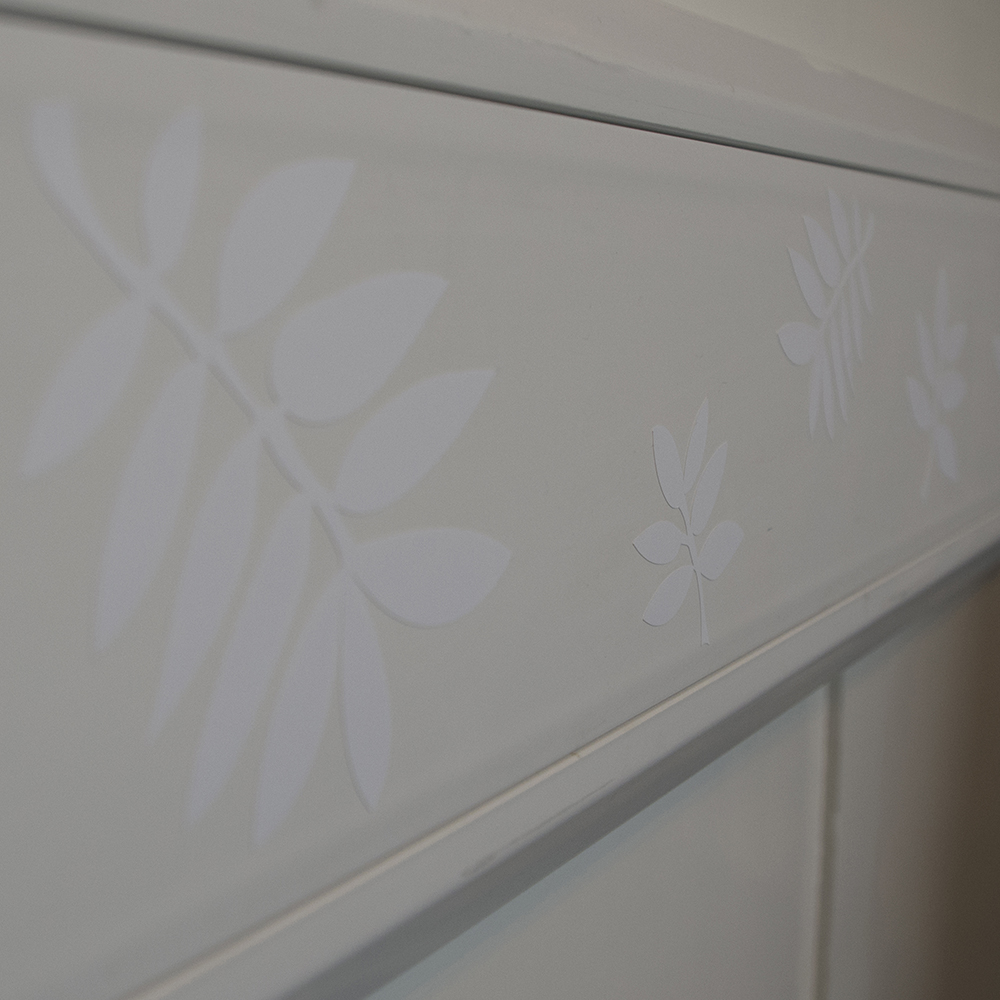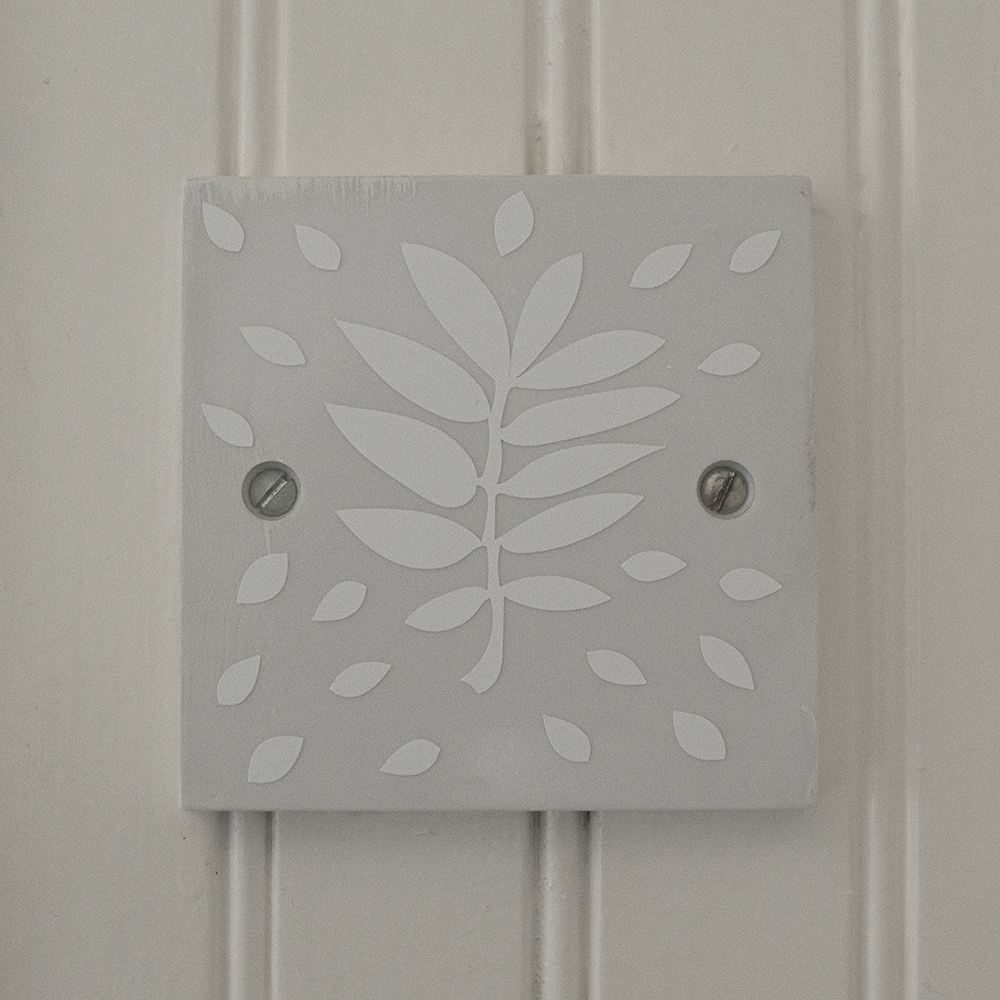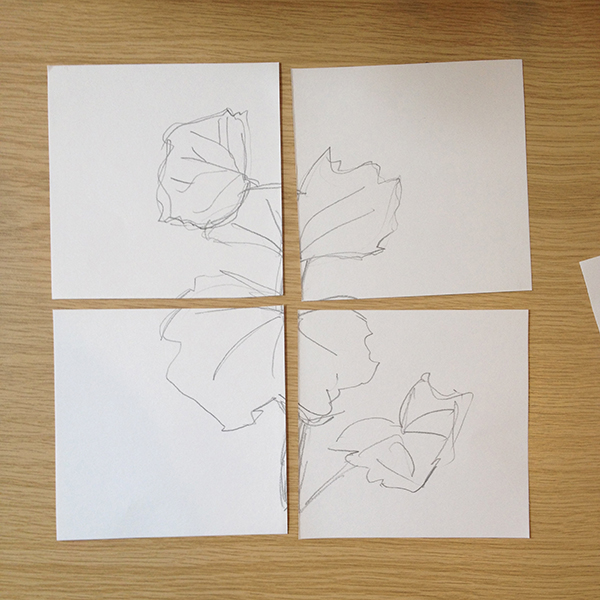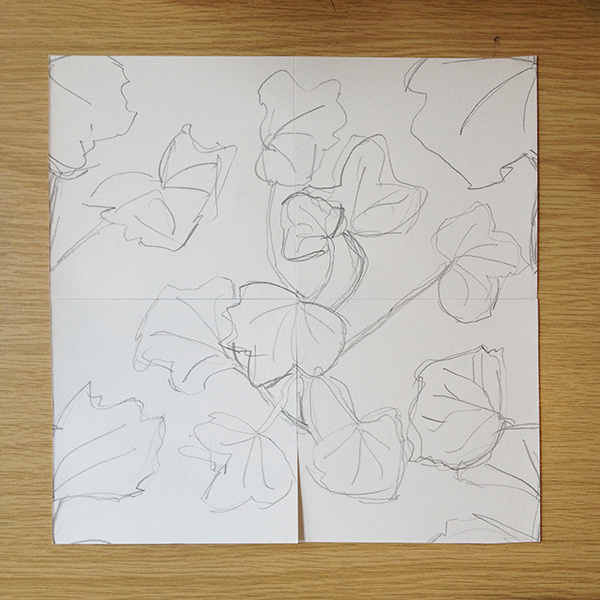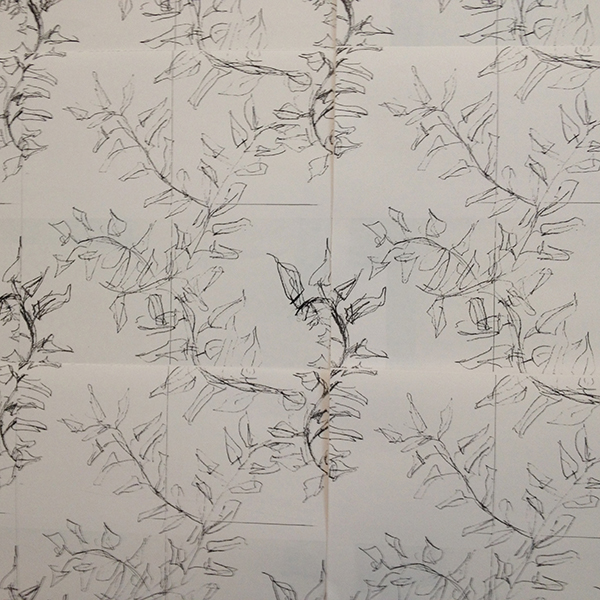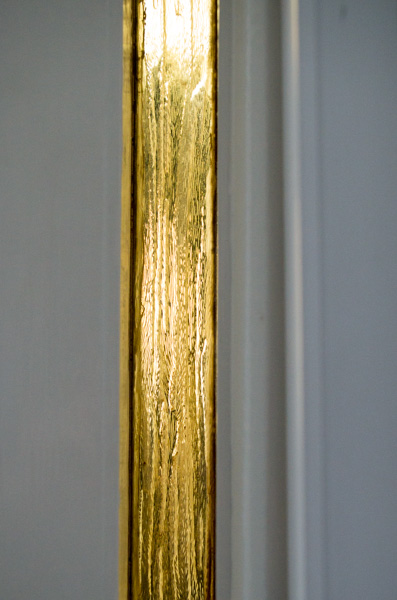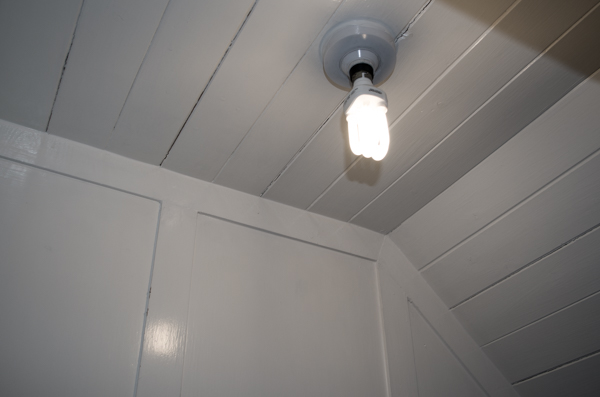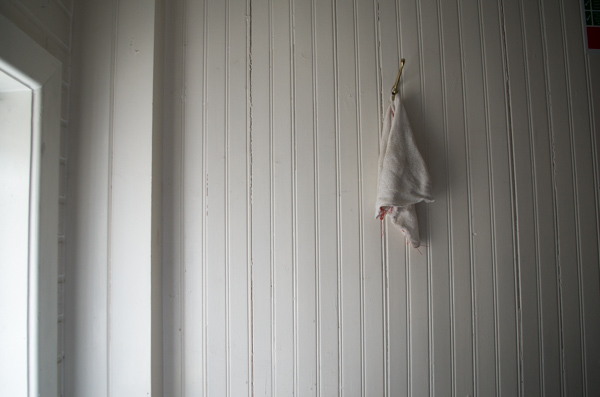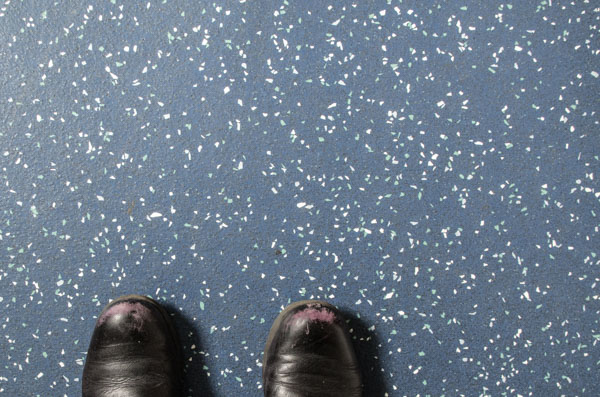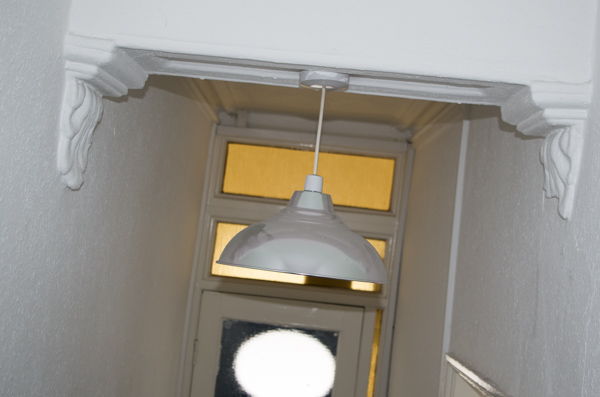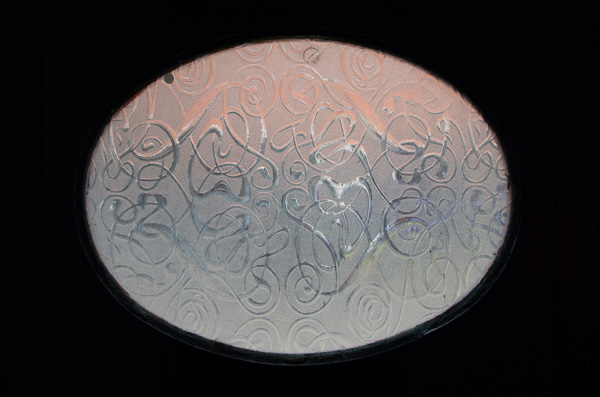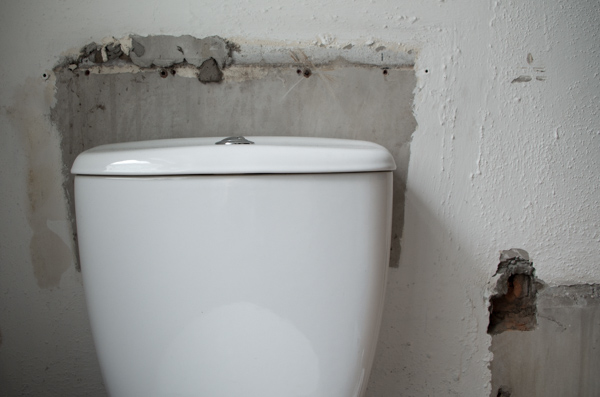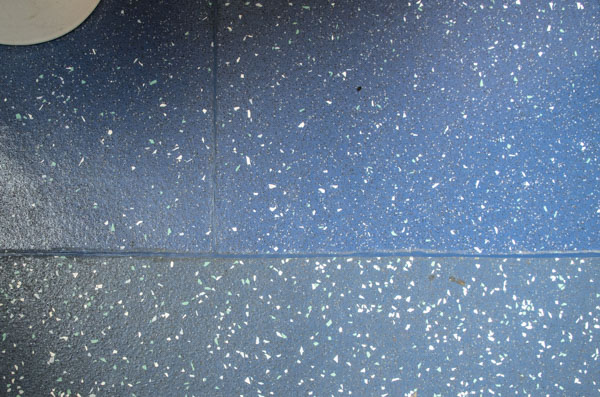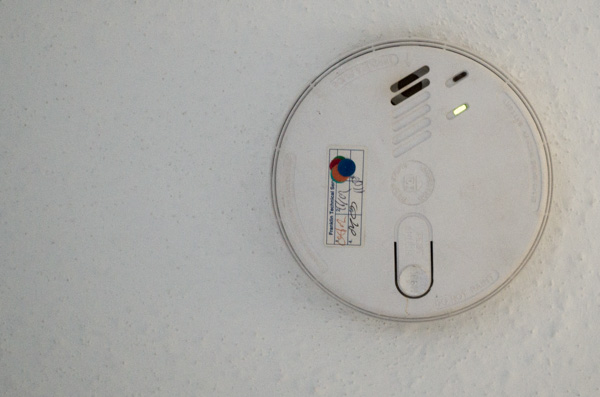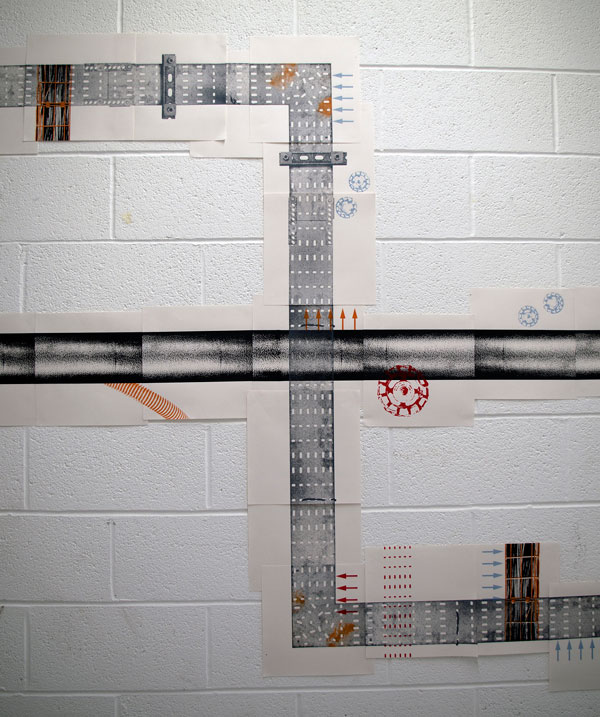I've been busy installing my work today - there are vinyl patterns on windows, walls, mirrors, doors and other little corners I've found. I've also handprinted some wallpaper and fabric, and made a new lampshade for under the stairs. Here are a few photos of some of the vinyl pieces, with lots more to follow when everything's set up (and I've got more used to the challenge of photographing white-on-white designs)...
In Certain Places: Day 7
Halfway through my Project at In Certain Places, I’ve just got to a point where my ideas have slotted into place (phew!). I suddenly went from this:
to this in the space of an hour:
Most of last week was spent on research – it’s a bit of a different starting point for me, as I’m not working with existing visual detail but thinking more about the history of the house I’m working in.
I’ve always found history much easier to understand if I think about the human side of it – people’s stories and lives – so I started researching the family who lived in the house around when it was first built (mid 19th century ish). I’ve also been reading about the development of the area and of Preston itself over that time.
Preston’s population increased dramatically with the industrial revolution and development of the cotton mills in the town – from 17,000 in 1811 to 117,000 in 1911. Houses like 38 St Peter’s Street were built to house the many mill workers, dressmakers, shoemakers, servants and labourers who worked there, but conditions were cramped and dirty, with the constant danger of cholera and typhus. Preston had the highest rate of infant mortality in England at the turn of the 20th century, and according to the census records, the Aspinwall family who lived in the house lost at least two children under the age of five. Two of their sons did survive though and grew up to be iron fitters/joiners.
While this was happening, the Arts and Crafts movement was seeking to reject the mass production brought about by the industrial revolution, in part in reaction to the grim and dangerous working and living conditions that it brought. While the work of artists such as William Morris would not have been found in 38 St Peter’s Street at the time, I’m interested in the way that the Aspinwalls’ lives embodied what the movement was fighting against.
While there are a lot of ideas here that I’d love to investigate further, I’ve only got a week, so at this stage I need to concentrate on producing work to show on Friday and save up all those other thoughts for a future project.
My plan is to bring some of the sorts of patterns that were produced by the artists of the Arts and Crafts movement to 38 St Peter’s Street, but to make sure it’s in keeping with the white paint and somewhat institutional feel, I’m going to produce all my designs in white. They’ll be visible, but will take a bit of effort to find.
As a pattern designer, trying to emulate any kind of William-Morris-style designs feels a bit ridiculous – they are so well crafted that anything else is going to be a poor imitation – but because of that it’s also a bit of a treat to indulge in working with some of his pattern-related rules and see what I come up with. The ‘energy of nature’ was key to Morris’s pattern designs, so I started off by doing some quick sketches of the houseplants that were part of Steph Fletcher’s In Certain Places work and producing some repeating patterns the ‘old-fashioned’ way by cutting and sticking (Photoshop and Illustrator do this at the click of a button).
I’ve included a few snaps below, but will leave it at that for now, with more photos to follow this week as the actual making starts to happen.
In Certain Places: Day 1
For the next two weeks I’m doing a residency at In Certain Places in Preston. In Certain Places have led a programme of artistic interventions and events in the city for the last 12 years, producing an impressive range of projects that explore, question and test the boundaries of art, culture and urban development.
They’re based in a two-up, two-down townhouse in the centre of Preston, and that’s where I’m working for the next few weeks. The space is an odd mixture of domestic turned institution, with lots of white paint, boxed-in features, a huge amount of plug points and hardwearing, un-cosy carpet throughout. But there are still signs that it used to be a home, and that’s what I plan to work with. I want to bring some character and domesticity back to the house, with a series of interventions dispersed throughout the rooms. I’d like viewers to stumble across different pieces of work as they nose around, and to have the sense that they’ve discovered something special or forgotten.
The work that I produce, along with work by Claire Tindale, Steph Fletcher and Cherry Tenneson, will shown at In Certain Places as part of the launch of the Hannah Directory and the UCLan degree show on Friday 12 June at 5pm. The exhibition will also be open the following week.
I’ll update this blog with notes about my progress as I go along, but in the meantime, here are my initial photos taken to help me get to know the space...
One corridor, one week - final photos
One week, one corridor
I’m currently working on an AA2A residency placement at the University of Lancashire’s print department. As this is where I did my MA, it’s really nice to be based somewhere that I’m familiar with, plus the people and facilities here are lovely. I started my placement back in October, but as I was going to be away for a lot of November and December, I wanted to get my first project completed before I went, so I could have work on show while I was away.
I was allocated a section of corridor to exhibit in. It’s a corridor I’ve walked up and down a lot over the last few years, but when I walked along it with a view to exhibiting work, I realised I hadn’t looked at it very hard before.
The walls are a weird painted breeze-block type affair. And the ceilings are a mishmash of exposed pipework, wires, switches, lights, board, joints and machinery. I get excited by seeing the workings of things that I don’t understand – I feel as if I’ve been shown a glimpse of a secret world. Seeing what’s under a dug-up road, engineers working on those electrical boxes on the street that are full of wires, even mysterious goods trains going through a station and never stopping – they all make me think about how much I don’t know about what goes on around me.
So this corridor seemed like an opportunity to look more at what was there, and hopefully get a few other people to look a bit harder as well.
I had a week to research, plan, make and display everything, which in hindsight was pretty ridiculous. But it was good to learn which parts of the process I’m comfortable doing quickly and where I felt as if I was cutting corners.
My plan was to create a long piece of work that spanned the part of the corridor I had to fill using modular pattern elements made out of the textures and shapes from the ceiling.
I started with photos. Lots of them, in black and white with increased contrast to reduce them down to the most basic shapes and patterns. No time for tone!
Most of the pipes were grey/beige anyway, but what excited me colour-wise was the odd bit of bright label or printing, so I kept this in some of my photos.
I picked out areas of the images to develop into positives for screenprinting and spent some time working digitally on the image files to isolate each part and make up modules that could be repeated, rotated, combined and overlapped. This took more Photoshoppery than I’d hoped and was pretty time consuming.
Next step was to make up the screen and get printing. I didn’t have a plan for the main composition, but wanted to experiment with combining the different elements as I went, with fingers very crossed that it would all come together in time. I’m naturally a bit of a planner, and doing something with no time for mistakes leaves me twitchy.
As I tried out the various combinations of modules, a plan emerged. I decided to use two main lines – one going straight along the corridor made from a repeated section of pipe and one that wound around the pipe made from a metal plate. This would provide continuity throughout the piece and reflect the continuous nature of the pipes in the ceiling, so I could then add detail from the rest of the modules in layers over the top.
I had a day to print everything. So that stage had to be decisive and quick. I’d already decided to stick with the colours I’d used in my research – greys with accents of bright colour here and there. I also found I could paint on the odd patch of colour to the screen itself, giving a hint of the rust and dirt on the surfaces.
I was printing on 12 x 12 inch squares of paper – even though I was covering a large area, they are really quick to print and are cheap. I also wanted to work in a way that meant I could play around with positioning as I put it all together. Like a giant puzzle.
A day to print turned into nearly two, so my day to put it all up turned into a few hours. I was working right up until the building closed, the night before I was leaving for two months, but it got finished. Just. It took 47 hours in total, and I used 88 prints in the final piece.
It all felt like a bit of a dream, so coming in this morning was a good chance to confirm it had really happened and give myself a bit of time to reflect on what I’d made before taking it down. So, this is what I learnt:
- I probably knew this already, but although I can do tight deadlines, I’m not someone who thrives on them. I prefer the luxury of getting a bit lost in my research and some contingency time if things don’t work as planned. But…
- adrenaline gets me a long way.
- Lots of ideas got thrown out before I’d really had time to explore them – I wish I’d documented these better, so I could come back to them more easily now.
- I usually take on too much, but it always gets done and that feels brilliant.
- Taking photos at 7.55 on a Friday night, when the building shuts at 8, is not a good idea. I’ll be back in next week with my tripod, some daylight, snacks and a calmer mood.
- This bit (thinking about what I did and putting it into words) takes a while but it is really helpful; it all makes a lot more sense now.
- As a process, this worked - I learnt a lot from it and was pleased with the journey it took me on. But I'm not crazily happy with the final piece - I'd have preferred to slow down and spend a bit more time on decision-making. Too many of the questions I would ask about it as a viewer ('Why is this bit like this?') have the answer: 'It just is - there wasn't time to do anything different' and that leaves me a bit dissatisfied.
- I can fill a big space. I’ve done it a few times now, and it's started to feel exciting, not intimidating. (I'm VERY happy about this!)
Here are a couple of photos of the final piece - more to follow next week...

